Leading Lightweight Concrete Contractor
Engineered Lightweight Concrete for Tight Spaces & Tough Deadlines
Expert Installation for Backfills, Trenches & Utility Projects
For over 40 years, Nettles has led the industry in lightweight concrete installation across the U.S. We provide custom engineered flowable fill solutions, mixing on-site to create a lightweight, pumpable slurry that can travel over 1,000 feet and reach tight, hard-to-access areas with ease. Our self-compacting fill material doesn’t require heavy equipment, which significantly speeds up installation and reduces total construction time by up to 50%.
From tunnel fills and utility trenching to complex wall backfills, Nettles brings unmatched expertise and professionalism to every project—ensuring the pour is done right the first time, every time.
Fill out the contact form to learn how Nettles can help support your next project.
Speak With An Expert About Your Project
"*" indicates required fields
Why use lightweight concrete?
Engineered flowable fill offers a number of benefits over other materials, including:
- Fast installation: Since flowable fill is self-compacting, it hardens within 90 minutes and is completely ready to go within 24 hours, saving you 30-50% of total construction time.
- Can be poured into very tight or constrained areas: Because of flowable fill’s light weight and high flowability, it can be pumped from up to a thousand feet away and can be poured even into very narrow or constrained spaces.
- Light weight and high strength: Nettles flowable fill is about one third to one half the weight of normal concrete or earthen fill. This light weight makes flowable fill especially important for soil erosion. If the fill is too heavy, it can slough off and cause erosion and sinkholes. Flowable fill is light, and yet extremely strong and durable.
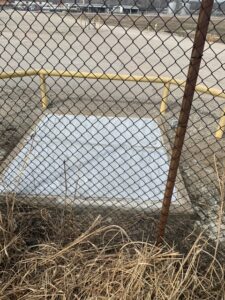
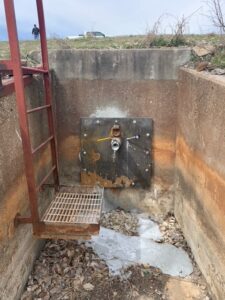
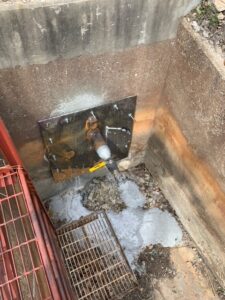
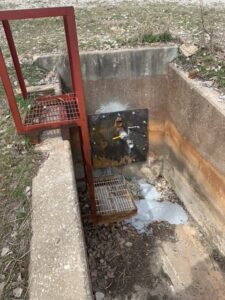
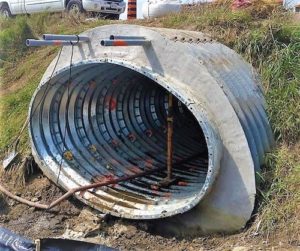
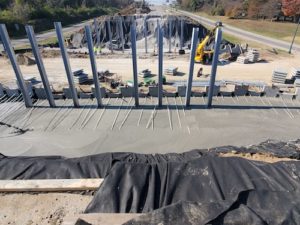
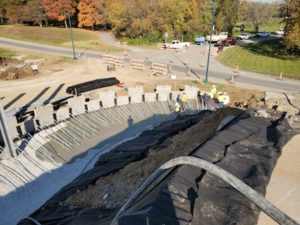
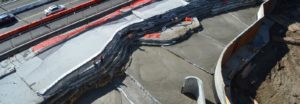
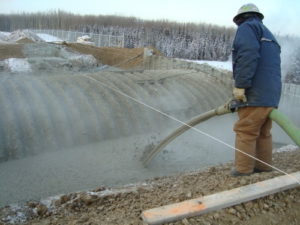

Applications of flowable fill
When new utility piping is tunneled underground or installed in a casing, the space around it must be grouted. Flowable fill is highly flowable, making it an ideal solution for these annular space fills. Flowable fill also has a very low set temperature compared to traditional grout, which protects the new pipe from heat damage. Buoyant forces are also reduced during grouting, due to flowable fill’s low density.
Flowable fill is a quick and affordable solution for pipe trench fills and shaft backfills. Many use it as a permanent design feature; however, due to its low density, it can also be easily excavated for future maintenance and repairs.
Mechanically Stabilized Earth (MSE) backfills and Reinforced Soil Slope (RSS) Wall backfills are an excellent application for flowable fill, which reduces lateral forces on adjacent structures. Once cured, flowable fill has very low permeability, reducing the lateral pressure associated with water intrusion.
Flowable fill can be designed to meet load parameters and restrictions. Typically structurally supported plaza decks allow minimal loads, and can be highly complex and intricate. Flowable fill is an excellent choice for these applications as it will eliminate or reduce stress both in design and construction.
Flowable fill can be used to reduce overburden and evenly distribute loads over poor soils. The mix design can also be customized for specific location and geomaterial behavior.
Under the covering of asphalt paving most streets and roadways is 4-6 inches of granular rock or concrete material that can withstand the weight of traffic. Due to its lighter weight and lower density, controlled low strength material is the perfect roadway substrate for areas with poor soils or where the road needs to be raised out of a floodplain.
Abandoned gasoline, diesel, and oil tanks beneath gas stations or rural areas can be up to 2-3 thousand cubic feet in size. Flowable fill can be pumped from a substantial distance and is highly flowable, making it a good solution for fuel tanks and other underground void fills.
Speak with an expert
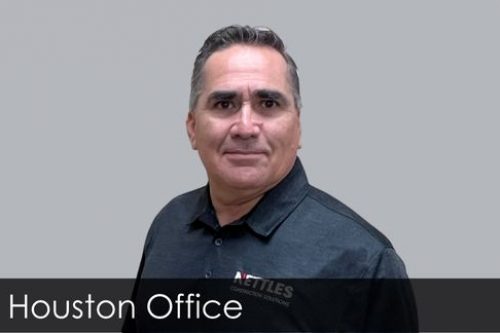
Ron Contreras
346.831.8998
ron.contreras@nettlescs.com

Bryan Batchman
979.451.8600
bryan.batchman@nettlescs.com

